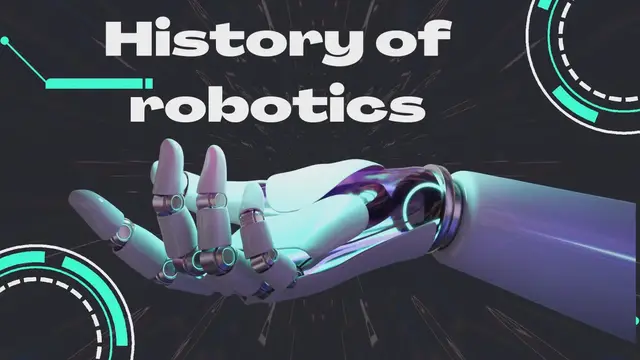
history of robotics
Oct 18, 2022
History of robotics.The term robots come from robota, a Czech word that means forced labor, and this term was used in a play by the author Karel Capek. Around 3000 B.C, a mechanical device was built to do physical tasks. Human figurines stroke the hour bell of Egyptian water clocks. Inventor of screw and pulley, Archytas of Tarentum invented a wooden pigeon that could fly In 400 B.C. In the second century B.C, Hydraulically-operated statues were invented in Hellenic Egypt, which could gesture, speak, and prophecy. Petronius Arbiter invents a doll In the first century A.D, which moves like a human. In 1557, a wooden robot was created by Giovanni Torriani, which brought the daily bread of the emperor from the store. Robotic inventions were at their peak in the 1700s, before 20the century, when unlimited, impractical automated robots were created. Unlimited new robots as created in the 19th century, such as a Canadian steam-powered robot and a doll by Edison. These inventions were like planting the first seeds of modern robotics, but actual progress in robotics was seen in the 20th century when robotics got unique advancements in every field. Modern robots were created in 1950 by George C. Devol, who invented a reprogrammable manipulator named ''Unimate,'' but he failed to sell it. A businessman Joseph Engleberger bought this robot and changed it into an industrial robot. With the help of a company, Unimation markets and produces robots. That's why Engleberger is called "the Father of Robotics." for his efforts.
https://pcweb.info/history-of-robots-evolution-timeline/?lang=en
Show More Show Less #Computers & Electronics
#Consumer Electronics
#Robotics

